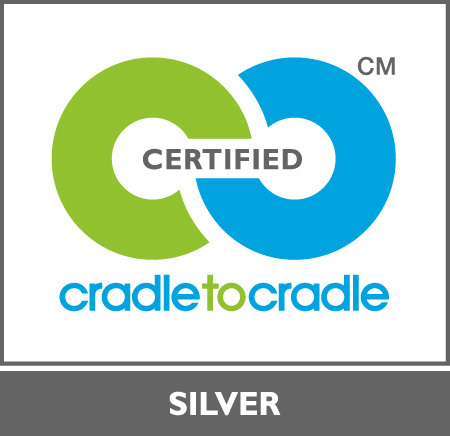
Hey everybody,
I think it would be nice to have a blogpost somehow finding out what are the differences between Closed Source strategies for scaling Cicular Economy and Open Source strategies. This might help to have a fruitful and insight producing discussion and to build bridges between different approaches. I came up with it, when I found a new understanding on what the strategy of Cradle to Cradle might be:
–
There is a german interview podcast about science I follow and in the recent episode the guest is the cradle to cradle founder Michael Braungart. Of course have I listened to Braungart talking before, but never for 90 minutes. And after 90 minutes I had the pieces of the puzzle together to understand their strategy for spreading.
We always said that cradle to cradle is a phantastic design idea but with their closed source approach they don’t have a working strategy for really spreading it to the world at scale.
Here is what I understood, what might be their strategy:
##Politics: laws in favour of c2c solutions
Braungart is talking about that the law should change: It should demand non toxic materials etc. – basically stuff that cradle to cradle solutions can deliver.
If this would happen, all the cradle-to-cradle companies that hold patents or solutions for products and materials have a huge market over night, given to them by law; they can license their patents and inventions for example. With laws like this in place, cradle-to-cradle solutions would have been an incredible business investment!
In that light all the rest he is saying makes sense! In the podcast he repeats 3 times (!), that when you print the IKEA catalogue in Germany, you are allowed to use ‘only’ 50 toxic chemicals. Chinese printers use 90. So we let the Chinese print the catalogue and fly it in to Germany.
But with laws forbidding these chemicals in Europe also Chinese companies would be forced to avoid them if they wish to continue to print for us, and so they would have to buy the cradle-to-cradle patents or licenses… He repeats several times, that “innovation” is the only thing we have left in Europe to sell to the world.
O_O
Ok, this is logically coherent. A strategy based on laws and patent logic.
##Collecting Arguments Against It
But if it is logically coherent, is it necessarily right?
I think it should be possible to find a number of arguments challenging it. I suggest to start to collect them. Paste your ideas below. Once we have a number of arguments together lets create a Blogpost, publish it and push those arguments to the world as a contribution to the discussion. (Something similar we could do one day with the Circular Economy concept the EMF is pushing). You know, stimulate debate.
##Update
Here are two rather obvious arguments for a start. The second one is a bit longer but i think pretty interesting!
###(1) The patent system is broken
The logic is build somehow on the patent system. And the patent system is broken in many areas and harmful for innovation. https://www.eff.org/patent
###(2) Secrecy is bad for innovation in general, & especially in the field of circular economy!
Where the solutions are not patented they are at least kept a secret! So the strategy for spread described above creates or demands a culture of secrecy and intransparency! And this is bad for innovation.
While it is not sure, if the strategy described above will work out, it is sure, that strategies of open sharing and open sources definitely would help to teach and spread existing solutions and improve them in that process. It would allow to build circular networks that would bring these innovations even to the next level.
Every circular economy or cradle to cradle concept is about networks with different ways of collaboration – networks where all outputs of every manufacturer or factory become input materials or resources for others. To invent and arrange these complex networks in a flexible and dynamic economy you need transparency!
You can try to build them without transparency but the transaction costs (= negotiation, communication, contracting, trust-building costs) would go through the roof! The pace for setting up these networks would be super slow and the networks probably very fragile because redundancy is not there. And it is very questionable if the critical amount and spread of innovations needed to make politicians pass a law demanding them can be reached with this strategy at all (politicians create usually only laws that people can follow easily. Noone will pass a law today demanding that cars must fly or run on rock instead of gasoline.)
IN SHORT: Secrecy increases transaction costs for collaboration massively. But c2c and Circular Economy are about better and cheaper collaboration.
(transaction costs and the enormous effect on them of open sharing are very well explained here in this classic 2005 TED Talk by Clay Shirky “institutions vs. collaboration”; watch on Youtube)